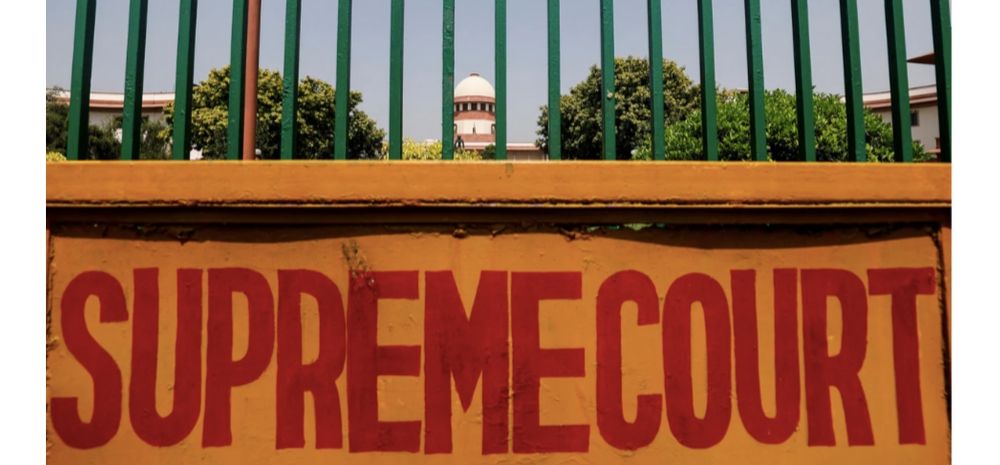Chief Justice of India DY Chandrachud announced the integration of the Supreme Court’s real-time case data with the National Judicial Data Grid (NJDG) portal which can track the pendency of cases.

What has changed?
With this initiative the Supreme Court has also now become a part of the NJDG platform that will help in tracking case pendency court-wise.
Until now it held data only up to the high court level, but now the Supreme Court has been brought in as well.
“Now we have all three tiers of the Indian judiciary on the NJDG portal. NJDG is recognized as a significant innovation under the ease of doing business initiative of the Government of India,” stated the Supreme Court press release.
Purpose of the portal
NJDG has been developed by the National Informatics Centre (NIC) which closely worked with the in-house software development team of the Computer Cell Registry.
It tracks cases from the taluka to the national level.
It contains details of pendency of cases and case types (civil or criminal), year-wise.
It will be updated in real time and will also contain details of 3-judge, 5-judge, 7-judge cases pending before the top court.
Types of case data
The NJDG portal also reports how many cases have been pending for over a year, over three years and even over 30 years.
Cases are also categorized by the reason for their delay, by whom they have been filed (women, senior citizens, etc.) and when they were disposed of or instituted.
Just a single click
The CJI said, “What we are doing for the High Courts and district courts should also be done for the Supreme Court.”
He explained that with just a simple click anyone can “see real-time info on pendency of cases, year wise, total pendency of registered and unregistered cases, number of cases decided coram-wise.”
To bring in transparency
The aim is to bring in transparency and accountability.
Prime Minister Narendra Modi praised the initiative stating, “Laudatory step by the Supreme Court and CJI DY Chandrachud Ji. Such harnessing of technology will further transparency and enhance the justice delivery system in our country.”













